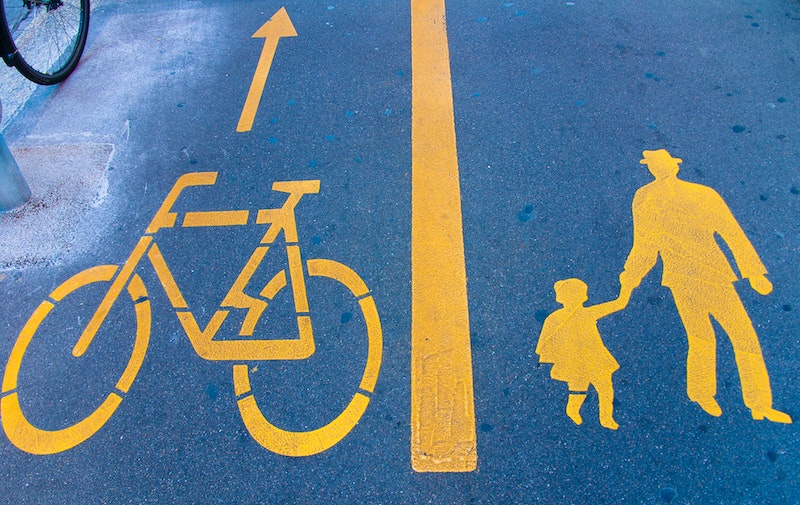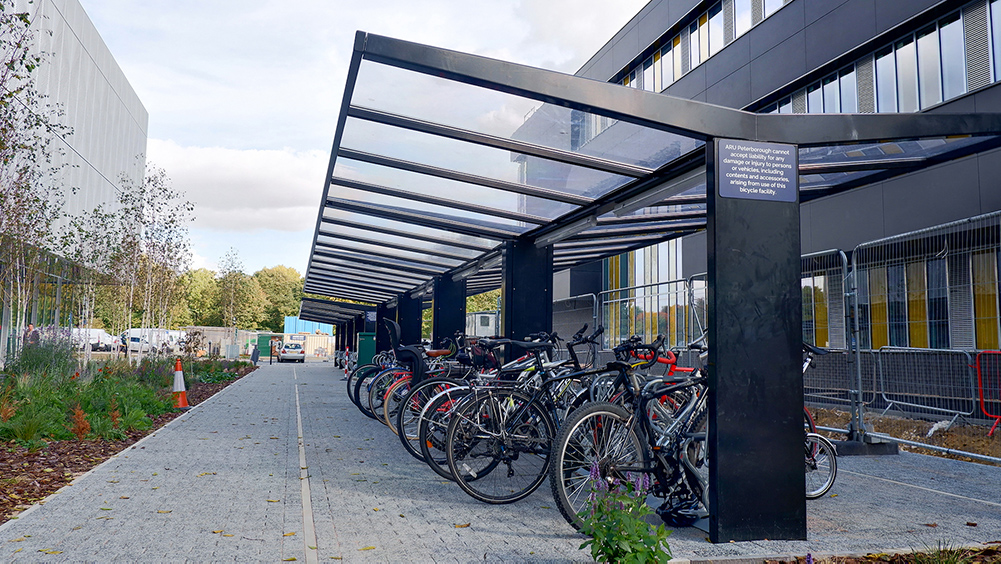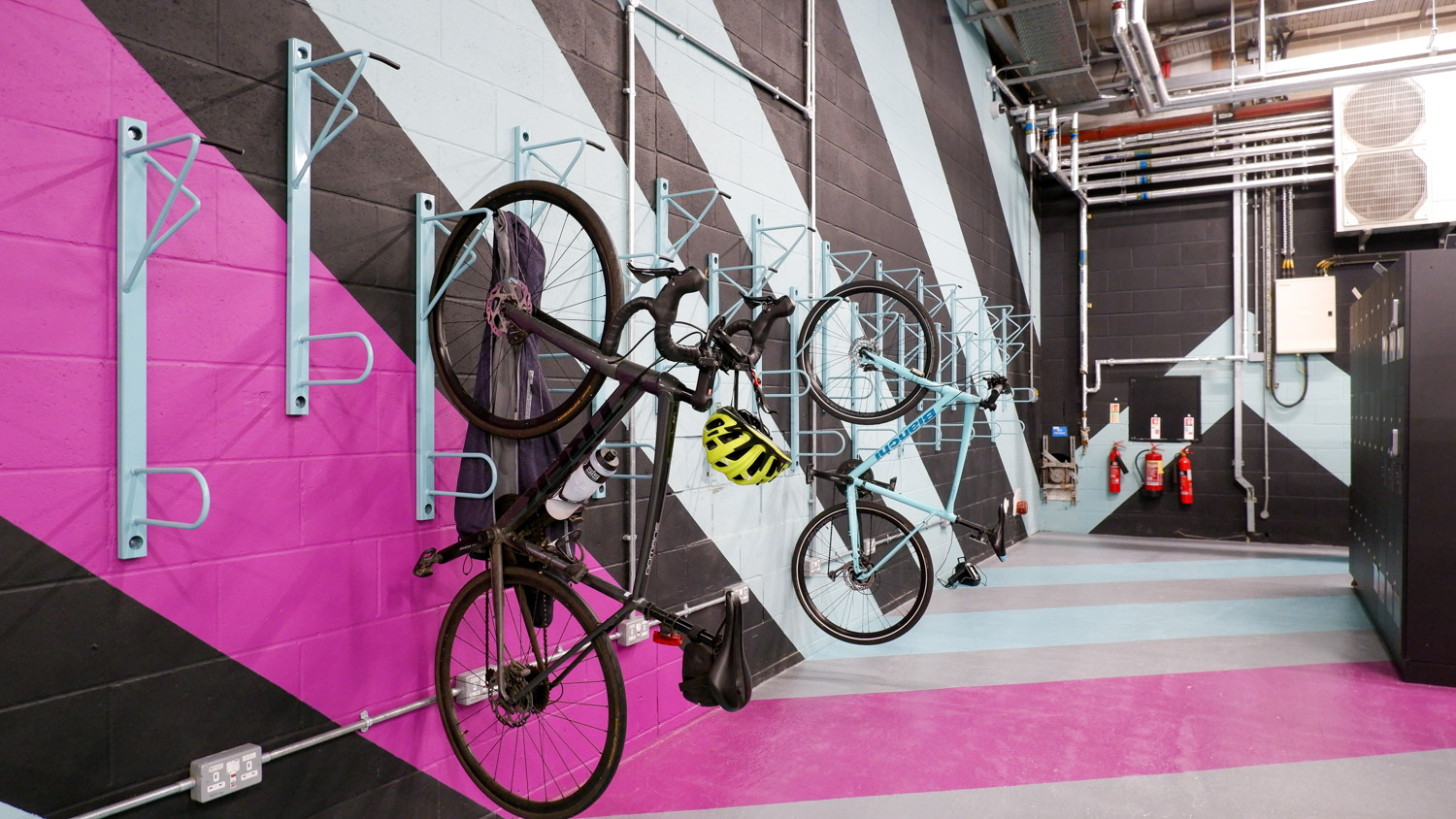Active Travel England (ATE) – the government’s new cycling and walking body – launches today (Monday 24th January 2022) with Chris Boardman as interim national commissioner.
The overarching goal is to “create safer streets for cycling and walking to boost air quality and help improve the health and wellbeing of the nation.”
Working on putting the principles laid out in the 2020 Gear change report into action, ATE will be responsible for improving cycling and walking infrastructure as well as managing the national budget for active travel.
That means awarding funding to projects which meet those new 2020 standards and strictly removing this funding if they fail to meet the requirements. ATE will also consult on major planning applications to ensure that the largest new developments properly cater for cyclists and pedestrians.
Alongside the launch of Active Travel England, the government has also pledged a further funding package of £5.5 million. This includes a £300k boost to e-cargo bike schemes and £3 million to improve cycling infrastructure around train stations.
As Chris Boardman put it, “The time has come to build on those pockets of best practice and enable the whole nation to travel easily and safely around their neighbourhoods without feeling compelled to rely on cars.”
A Gear change recap
Last year, Adam Tranter told us of the important part secure cycle parking has to play in enabling a widespread shift to cycling.
He touched on the importance of residential cycle storage, with many inner city areas – where cycling should be most easy to encourage – lacking secure cycle parking.
In the 2020 report “Gear change: A bold vision for cycling and walking”, the following cycle parking principles were made clear:
We will increase cycle parking and ensure that it goes where it is needed
We will install more cycle racks in town and city centres and where they are most needed, including at transport interchanges and public buildings including hospitals and schools. Cycle racks should not be installed where they are unlikely to be used and we will promote the importance of high quality, accessible and secure designs that will encourage increased use and discourage theft. In residential areas, we will fund more bike hangars and other secure on-street storage, for people who do not have space to keep their bikes at home. We will continue to work with key stakeholders to develop new standards for sufficient secure bike storage in all new residential and non-residential developments.
There is a clear focus on improving both the quality and security of new bike parking, and the quantity of parking where it’s most needed.
Continuing to uphold quality standards in all new developments, alongside ensuring there is truly capacity to welcome an ambitious increase in cycling, holds the key to future-proofing infrastructure.
As we touched on in our 2022 predictions piece, cycle hangars are a clever way of retrofitting streets lacking secure storage, but working on shoring up planning guidelines for new developments – both residential and non-residential – is of vital importance.
Improving rail infrastructure – is it ambitious enough?
Of the £3 million pledged towards improving cycle infrastructure in and around rail stations, £2 million has been allocated to providing secure cycle parking facilities for 24 stations.
While it is a way off the investment into Dutch train station parking – the 12,500 capacity secure underground facility at Utrecht cost in excess of 30 million euros alone – it is still a step in the right direction.
As well as secure parking, a further £1 million is added to improve cycle routes into stations – aiming to provide as many people as possible with safe cycling networks that can be linked with rail travel for longer journeys without car dependency.
Holding developers and local authorities accountable
One of the more significant impacts of Active Travel England is its ability to strictly control funding for major projects.
Chris Boardman told the Guardian: “We’ll have the engineering capacity to say, ‘Let’s have a look at the design and we’ll help you. But we’ll also have the power to say: ‘It’s not good enough.’”
Local authorities who either delay over schemes or install low-quality projects – for example painted bike lanes or poorly designed cycle parking – will face their funding being cut.
“Due to Active Travel England being made a statutory consultee on all future large developments, Turvec are hopeful that cycling and walking infrastructure standards are held to the same high standard as car parking currently is,” says George Hosegood, commercial director at Turvec.





